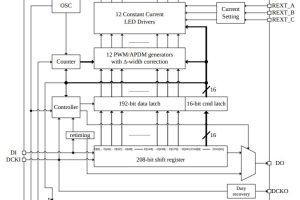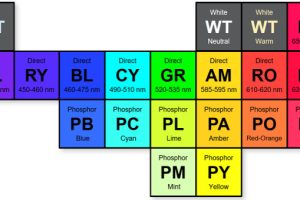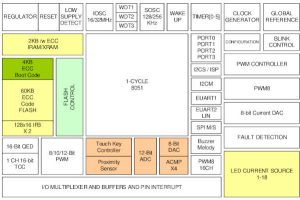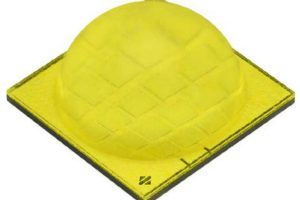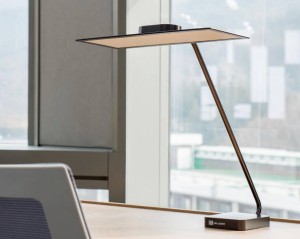
“SNU adopted OLED lighting for the library’s reading lights because it is energy efficient and is comfortable to the eyes,” said the firm, claiming: “OLED lighting comes closest of any lighting source to natural sunlight and does not emit UV, which increases eye fatigue, or produces blue light, which can cause eye damage.”
This said, the majority of lighting LEDs do not emit UV either, and conventional warm white LEDs do not have the large blue peak of conventional cool white LEDs.
The firm intends to market the reading lamps in March alongside its existing ‘Frame’ lamp.
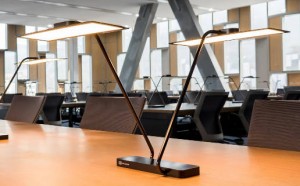 The panels inside the lamps are 320 x 110mm and 0.88mm thick (2.2mm with aluminium housing, with an efficacy of 60lm/W and a predicted 40,000h lifetime.
The panels inside the lamps are 320 x 110mm and 0.88mm thick (2.2mm with aluminium housing, with an efficacy of 60lm/W and a predicted 40,000h lifetime.
A control allows dimming between 300lx and 850lx. “The standard brightness for a reading light ranges from 300lx to 600lx, according to the Korean standard illumination index,” said LG.
OLEDs, being area emitters, have long been mooted as the ideal replacement for fluorescent lighting panels in office ceilings. However, the technology has not developed as was one expected, and is so far proving expensive.
Meanwhile, the cost of conventional lighting LEDs has come down enough for luminaires based on these to replace fluorescent and incandescent lighting sources when both energy saving (against incandescent) and reduced maintenance (against fluorescent) are taken into account.
Last month LG Chem started to manufacture 320 x 320mm OLED light panel which is also 0.88mm thick with an efficacy of 60lm/W, suggesting this is the same technology as the table lamp.
Its CRI is over 90, and output is 800lm at 8.5V 1,600mA. Max output is 1,200lm. Price is an eye-watering $680 per panel.
Also in January, LG Chem said engineering samples of a flexible plastic-based OLED light panel are available – its current bendable OLED panels (F6BA40, F6BA30) are on thin-glass with bending limited 75mm radius.
The plastic panels have a 30mm bending radius. “The main challenge of converting from a glass substrate to plastic was to maintain the performance levels of efficiency, luminance, and CRI. LG Chem has overcome this challenge by adopting its expertise in barrier and encapsulation technology,” said LG.
Specification of the flexible plastic panel is: 60lm/W, 75lm brightness, 3,000K white and CRI >85. Engineering samples are $250/panel.
Mass production is predicted in July 2015, when the “price will be adjusted accordingly”, said LG.
 Electronics Weekly Electronics Design & Components Tech News
Electronics Weekly Electronics Design & Components Tech News
